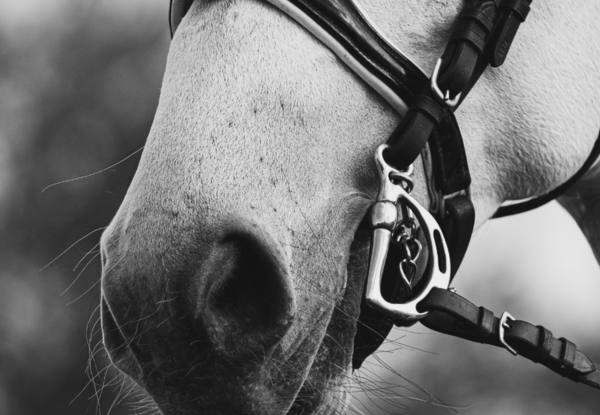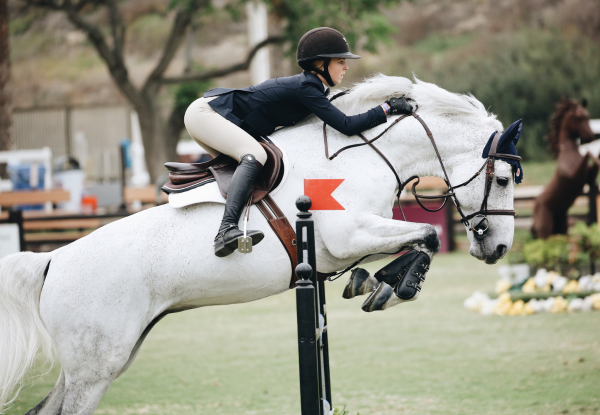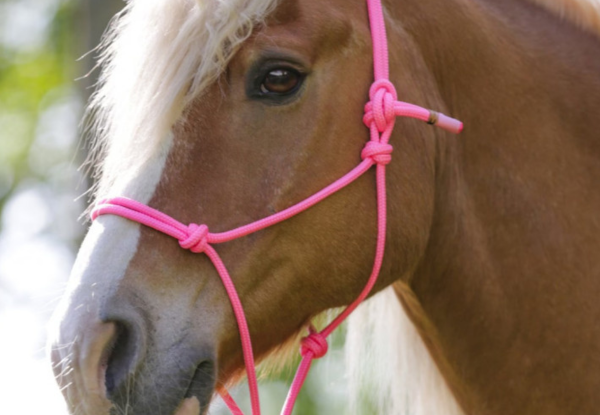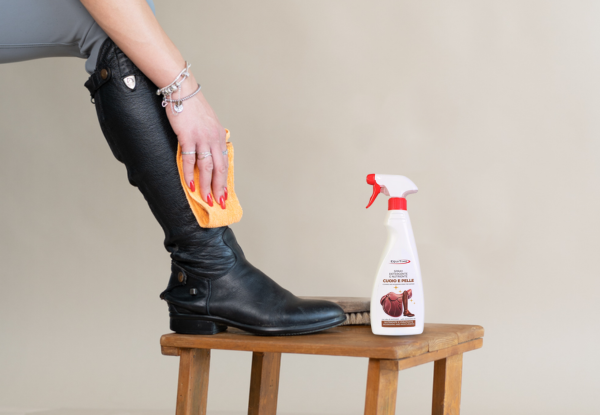Do you really know how horses sleep? It's not just a fun fact: knowing it helps improve their well-being. A...
Horse care and grooming
The ultimate guide to horse care and grooming: Essential tips and tools you need
Taking care of your horse’s grooming needs is an essential part of ensuring its health and well-being. Grooming not only keeps your horse looking great but also strengthens your bond with it, helping you identify any health issues early.
Whether you’re a seasoned equestrian or a beginner, this guide covers everything you need to know about horse care and horse grooming, from the right tools to use to daily care routines. Read on to discover grooming tips that will ensure your horse stays in optimal condition.
Why this article is worth reading
Whether you're just getting started in horse care or looking to improve your existing grooming routine, this comprehensive guide is packed with valuable insights. You'll find everything from grooming products and tools to detailed explanations of grooming techniques. This article is a must-read for every horse owner who wants to ensure the best possible care for their horse.
1. What is horse grooming and why is it important?
Grooming your horse is more than just making it look presentable—it's a vital part of horse care that contributes to its overall health and well-being. Regular grooming ensures that your horse's coat stays clean and free of dirt, sweat, and debris, which can lead to skin irritations or infections.
Additionally, grooming improves circulation, promotes a healthy coat, and allows you to check for any injuries or abnormalities on your horse’s body. Horse grooming is essential for maintaining a strong bond between you and your horse, as the grooming process provides time for gentle interaction.
2. How do you start grooming your horse?
Before you begin grooming, it’s important to have the right setup. Groom your horse in a quiet, safe environment where it can be secured using a lead rope. Ensure your grooming kit is within reach and that you have all necessary tools ready.
To start, always approach your horse from the front or side and let it know you're there. Gently begin by using a to loosen dirt and debris, using a circular motion. Then, move on to brushing the body, making sure to follow the direction of the hair. A soft brush is ideal for sensitive areas such as the face and legs.
3. What are the essential grooming tools you need?
Having the right grooming kit is essential to effectively care for your horse. Some of the most important tools include:
-
Curry comb: Used to loosen dirt, hair, and mud from the horse’s coat.
-
Body brush: A soft-bristle brush used to remove finer dust and add shine to the coat.
-
Dandy brush: A stiff brush used for flicking away dirt and dried mud.
-
Hoof pick: A critical tool for cleaning out the hooves and ensuring your horse's feet remain healthy.
-
Mane and tail brush: Used to keep the mane and tail free of tangles and dirt.
Your horse grooming kit may also include sponges for cleaning around sensitive areas like the eyes and nose, as well as a sweat scraper for removing excess water after a bath.
4. How to use a curry comb to loosen dirt
The curry comb is one of the most important tools in your grooming kit. It is used to loosen dirt, debris, and dead hair from your horse’s coat. When using a curry comb, apply it in small circular motions across the horse’s body, except in sensitive areas like the face and legs.
The curry comb also provides a mild massage, stimulating blood flow and promoting relaxation in your horse. After using the curry comb to loosen the dirt, follow up with a body brush to brush away the loosened debris.
5. How to brush your horse: Techniques and tips
Brushing your horse correctly is a key part of horse grooming. Start with a body brush to remove dirt and debris loosened by the curry comb. Work in long, smooth strokes in the direction of the horse's hair. For tougher dirt, use a dandy brush with flicking motions to remove mud from the legs and body.
When grooming, take extra care in sensitive areas, such as around the belly and under the girth. Finish by using a soft brush on your horse's face and legs to avoid causing any discomfort.
6. Caring for your horse's mane and tail
The mane and tail require special attention as they can easily become tangled or dirty. Use a mane and tail brush or comb to gently work through tangles. Start at the bottom and work your way up to prevent pulling or breaking the hair.
For added shine and protection, consider applying grooming products like detanglers or leave-in conditioners. Grooming your horse’s mane and tail regularly will promote hair growth and ensure your horse maintains a healthy, well-kept appearance.
7. What is the best way to clean a horse’s hoof?
Cleaning your horse’s hooves is one of the most crucial aspects of hoof care. Using a hoof pick, start at the heel and work toward the toe, carefully removing any dirt, rocks, or debris that have become lodged in the hoof. Pay special attention to the bottom of the hoof, where the hoof meets the edge, to ensure it is free from harmful materials.
Regular hoof care is essential for preventing lameness or other foot problems. After picking out the hooves, check for signs of cracks, infections, or damage.
8. How does daily grooming benefit your horse’s health?
Daily grooming plays a significant role in maintaining your horse’s overall health. In addition to keeping your horse clean, regular grooming sessions allow you to monitor your horse’s condition. You’ll be able to spot early signs of health issues such as skin conditions, swelling, or cuts.
Daily grooming routine also contributes to your horse’s mental well-being by providing consistency and routine, which helps reduce stress. By investing in daily grooming, you ensure your horse stays both physically and mentally healthy.
9. Can grooming help prevent health problems?
Yes, regular grooming can help prevent many common health problems. For instance, grooming removes dirt and sweat, which can cause skin infections or irritation if left unchecked. Additionally, grooming gives you the chance to check for early signs of problems like sores, lumps, or ticks.
The benefits of grooming extend beyond just physical cleanliness—it also helps with muscle relaxation and overall well-being. Keeping a close eye on your horse through regular grooming can prevent small issues from becoming major health concerns.
10. Final grooming tips to keep your horse looking and feeling great
-
Be consistent: Regular grooming is essential for maintaining your horse's health and appearance.
-
Use the right tools: Make sure your grooming kit includes all the necessary tools, such as a curry comb, hoof pick, and body brush.
-
Pay attention to detail: Don’t rush through grooming. Take the time to check for any signs of irritation, swelling, or injury.
-
Clean the hooves regularly: Keeping the hooves clean is crucial for your horse’s overall health.
-
Care for the mane and tail: Groom the mane and tail regularly to prevent tangles and promote healthy hair growth.
By following these tips and establishing a regular grooming routine, you’ll ensure that your horse remains healthy, happy, and looking its best.
In conclusion, grooming is an essential part of horse care that not only keeps your horse clean but also plays a vital role in its overall health. With the right grooming tools and techniques, you can make sure your horse stays in peak condition for years to come.
-
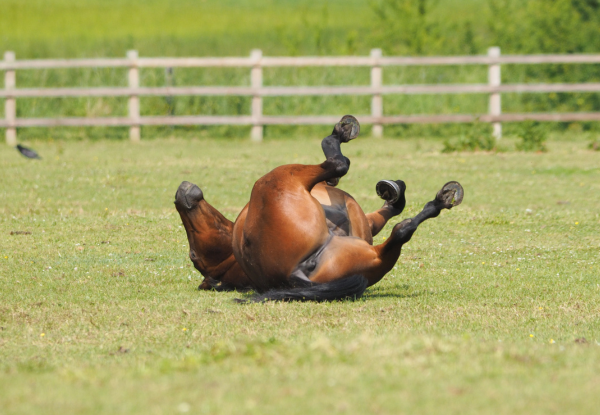 Colic in horses: How to recognize, prevent and act quicklyRead more
Colic in horses: How to recognize, prevent and act quicklyRead moreUnderstand the risks of colic in horses, learn how to spot the symptoms, and discover how to act quickly. A simple but essential guide to help you respond with confidence.
-
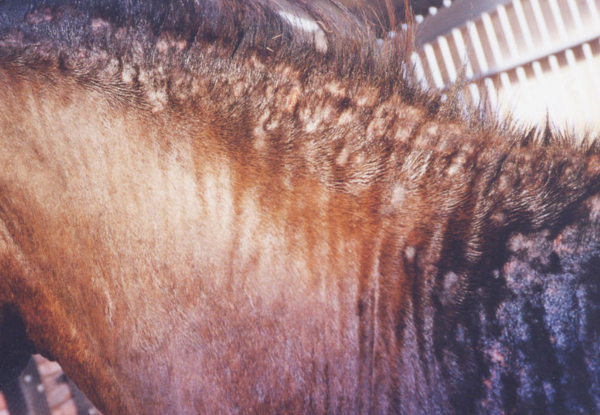 Sweet itch in horses: Symptoms, causes and treatments for a healthy coatRead more
Sweet itch in horses: Symptoms, causes and treatments for a healthy coatRead moreEverything you need to know about horse sweet itch: a complete guide with symptoms, causes, and helpful remedies to relieve itching and prevent skin injuries.
-
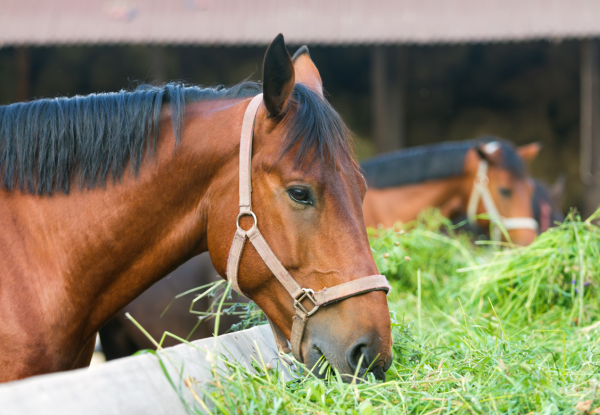 What do horses eat? A complete guide to horse feeding for optimal healthRead more
What do horses eat? A complete guide to horse feeding for optimal healthRead moreDo you really know what horses eat? In this simple and complete guide, you will learn how to feed them in the best way, avoiding mistakes and respecting their real daily needs.
-
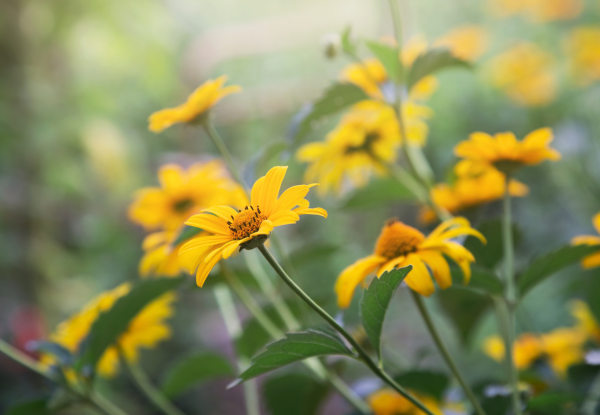 Horse Arnica: properties and benefits of extra-strong arnica gel for horses and human useRead more
Horse Arnica: properties and benefits of extra-strong arnica gel for horses and human useRead moreArnica for horses is a powerful natural remedy, also ideal for humans! Discover its benefits and how to use it for quick recovery from injuries and inflammation.
-
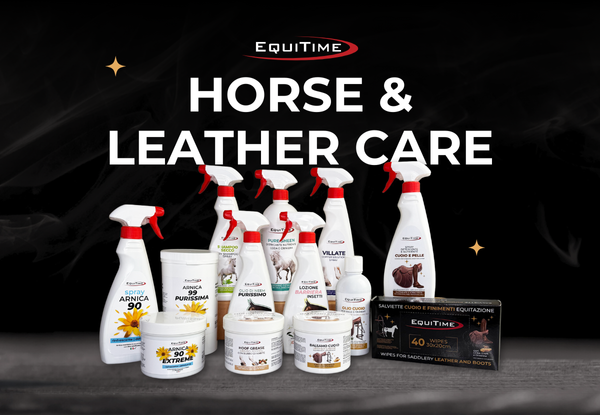 Equitime Horse & Leather Care: the new line for horse and leather careRead more
Equitime Horse & Leather Care: the new line for horse and leather careRead moreEquitime presents Horse and Leather Care, a range of products with natural ingredients and tested formulas to ensure the horse’s well-being and preserve the beauty of leather. Try the innovative arnica spray and explore the entire range, now also available online.
-
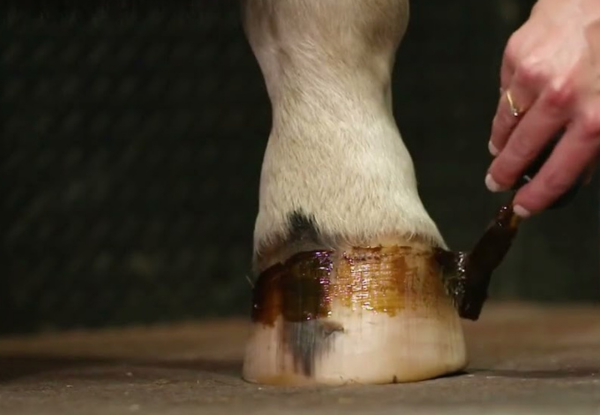 How to keep your horse hooves healthy: tips and useful advice for winterRead more
How to keep your horse hooves healthy: tips and useful advice for winterRead moreA complete guide to taking care of horse hooves: discover how to keep them healthy in every season, preventing issues related to moisture and environmental factors
-
 Mud Fever: effective solutions for treating and preventing it permanentlyRead more
Mud Fever: effective solutions for treating and preventing it permanentlyRead moreMud Fever in horses is a common skin condition during autumn and winter, caused by damp environments and dirty bedding. Learn how to prevent and treat it effectively with our tips, from using medicated shampoos to protecting the legs with specific creams. Acting quickly is essential to avoid complications such as pain and lameness.
.png)
.png)


